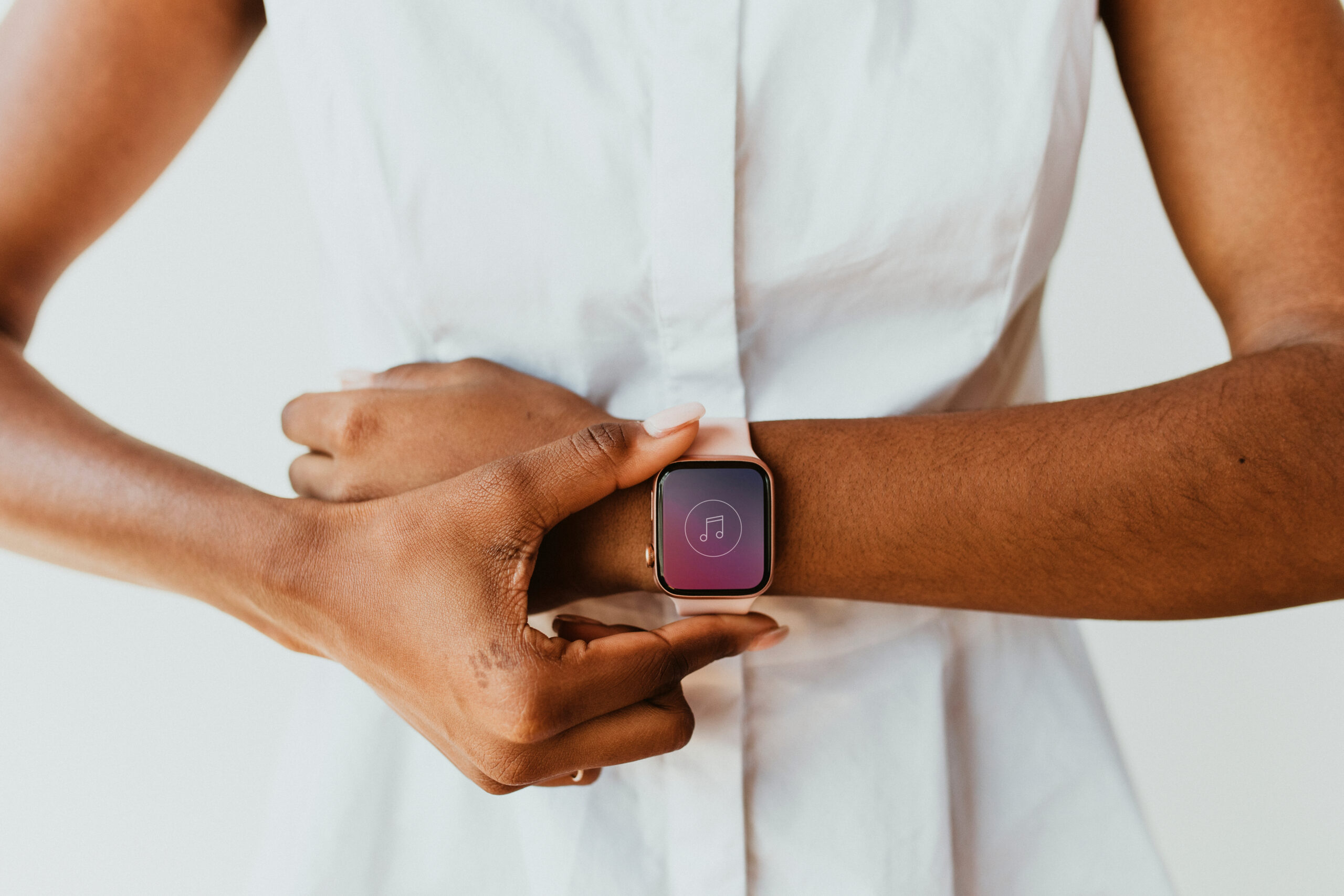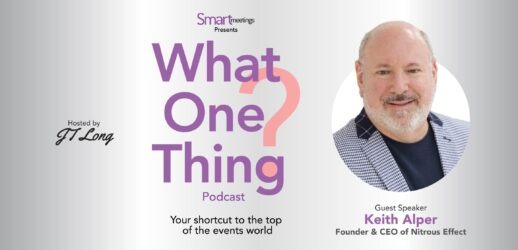How to incentivize adoption by following the mouse model
A few years ago, “wearables” looked like the next hot thing in events. Planners were finding new ways to use wearable technology to understand their attendees’ movements, track session attendance, hyper-personalize the attendee experience and create “wow” moments designed to surprise and delight.
With in-person events vanishing during the pandemic, a lot of the wearable technology providers were forced to either pivot, close their doors or were purchased and moved into larger books of business. Now that in-person events are back, technology companies are blowing the dust off their wearables. These compact devices are transforming how attendees interact, engage and experience their events.
Tools for Planners
I can summarize the case for adopting tech integrated into badges, bracelets and other accessories with integrated Bluetooth, Wi-Fi, or other radios in three words: data, data and more data. Benefits include instant feedback about sessions, including exactly how many attendees are in each session down to the person and how long they stayed. With traditional badge-scanning technology, it’s fairly common to scan the attendees as they come in, but almost never when they leave.
Additionally, this type of attendee location awareness can provide invaluable insight into how your attendees are moving throughout your event. You’ll be able to tell, in real-time, what buffets are overloaded and whether you need to open up the “backup bars” due to long lines. You’ll be able to tell if the Golf Simulator in the lobby was a hit, or if it just happened to be busy the couple of times that you walked by.
Read More: Could Wearables Solve In-person Data Dilemma?
Those data-minded planners and organizations that have learned to rely on the massive amounts of data generated by attendees during online events have become reliant on it. It’s no longer enough to just count how many attendees you have, you need to prove ROI on every portion of your event.
Speaking of sponsors, the same goes for your exhibitors who often complain about outdated badge scanning systems and having to download multiple management apps to keep track of how many, and which, attendees dropped by their booth. What if you could offer a zero-barrier way of saying not only who stopped by, but for how long, how many times and even potentially lists of people who did not stop by their booth but attended several relevant breakout sessions about the product they happened to sell?
How great would it be to focus on the people without having to engage in the awkward “Can I scan your badge” dance? Wearable technology?
Attendee Engagement Tips
I’m often asked, “How do I get my attendees to opt in to event technology?” Often what they mean is, “I see all the benefits but how do I get people to give up their data and consent to be tracked?” It’s simple: you have to make it worth it to them. Facebook and other social media juggernauts have been caught with their hands in the Big Data cookie jar more often than I can count, yet people willingly share incredibly personal information with these platforms and allow them to track their movements around the internet with reckless abandon. Why?
Because it’s worth it to them. People will happily give you access to their movements and data as long as you make it worth their while. “Disney Magic Bands” aren’t required at the theme parks, but they make navigating them, paying for gifts and food, and ride access easy, so an incredible number of park guests opt-in to this service for the ability to leave the wallet and cash back at the hotel room. In return, Disney gets unprecedented data about the attendees, their likes, dislikes and real-time data about park-goer preferences. The mouse knows what works. That might be the winning model for events, too.
Read More: How Color Can Be Your Next Secret Weapon to Earn Audience Engagement
I spoke with Will Curran, head of Klik (a smart badge technology company purchased by Bizzabo in 2021), about the current state of the wearable smart-tech market and asked him about how planners can facilitate buy-in from their attendees.
“In the future, I think that people will be more OK with being tracked on site and knowing exactly where they are on a show floor or in a venue,” he predicted if the result is more personalization and better planned events.
Make it easy, make it convenient. No apps to install, and the badges are lightweight. One of the most obvious uses of this type of tech is contact sharing. Just tap your badge to another’s badge and the contact info you specified during registration is automatically shared with the other person. No phones needed.
“What we’re talking about with our clients is the possibility of using the technology as a replacement for the smartphone. Imagine walking up to a directional screen, tapping your name badge, and having it bring up your schedule,” said Curran.
Now, imagine walking up to the coffee cart at the convention center and having the barista ask, “Hello Mr. Krueger, would you like your usual Chai Tea Latte with a shot of espresso?” Or exiting the registration area to look up to the LED sign above the hallway welcoming you in your native language?
That is the power of wearables.
This article appears in the January 2024 and January/February 2024 issues. You can subscribe to the magazine here.




